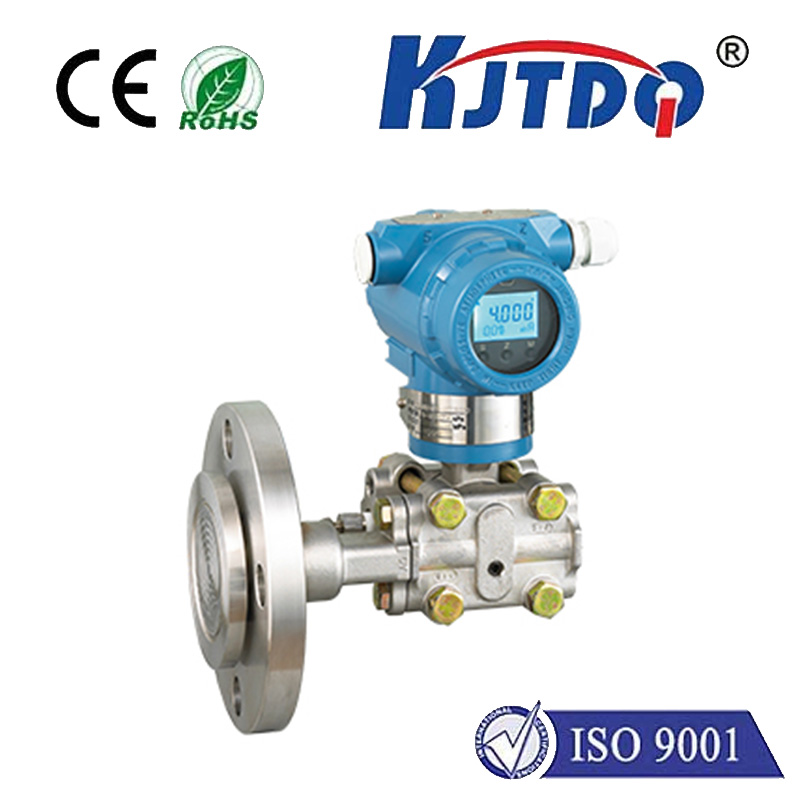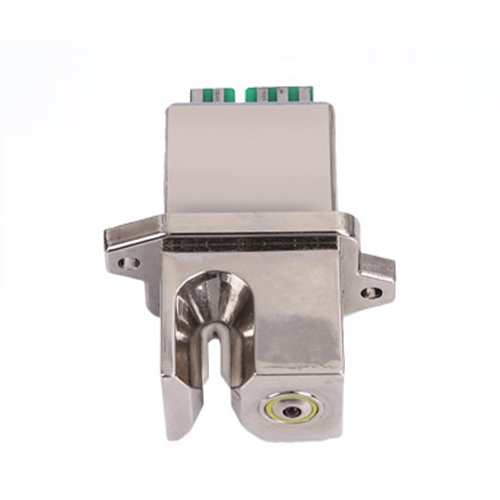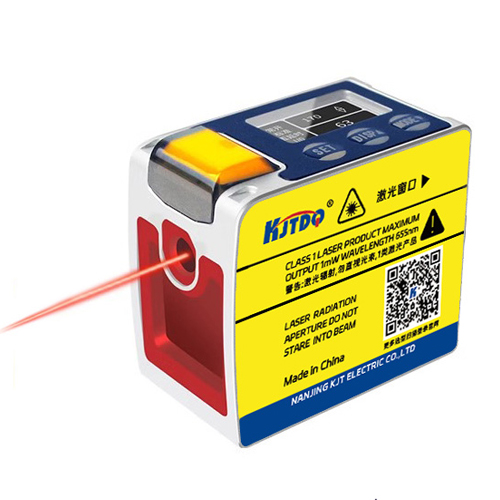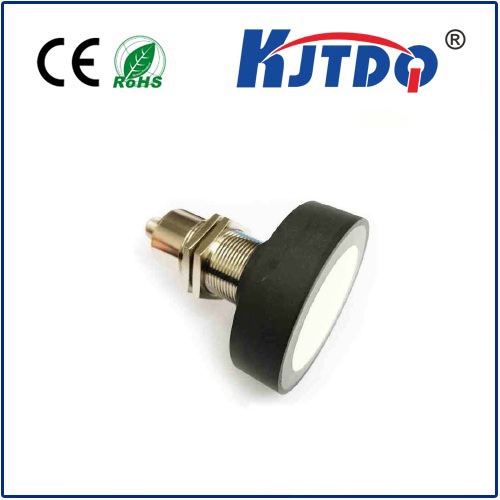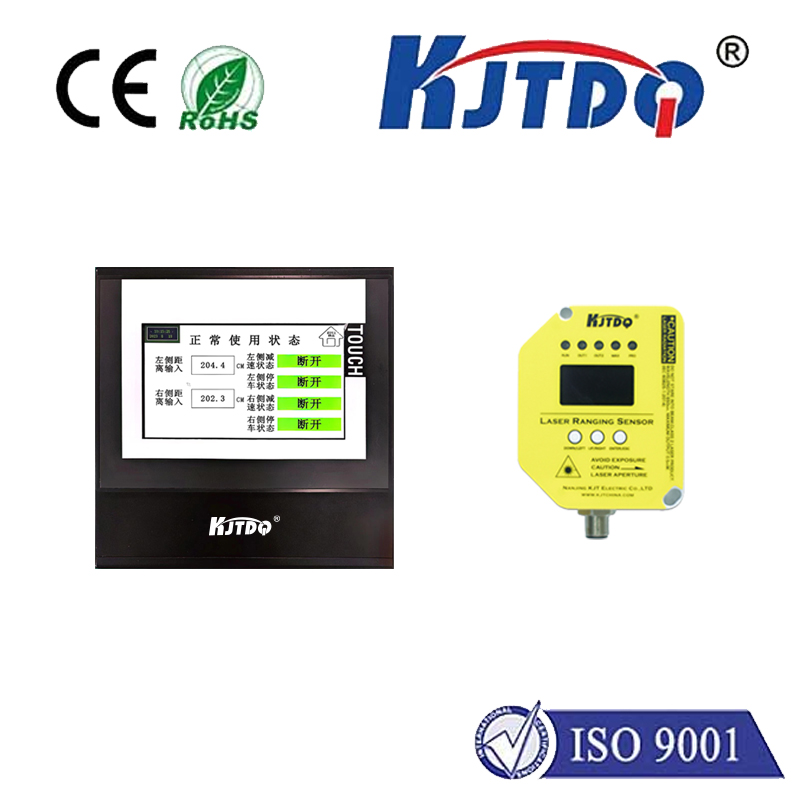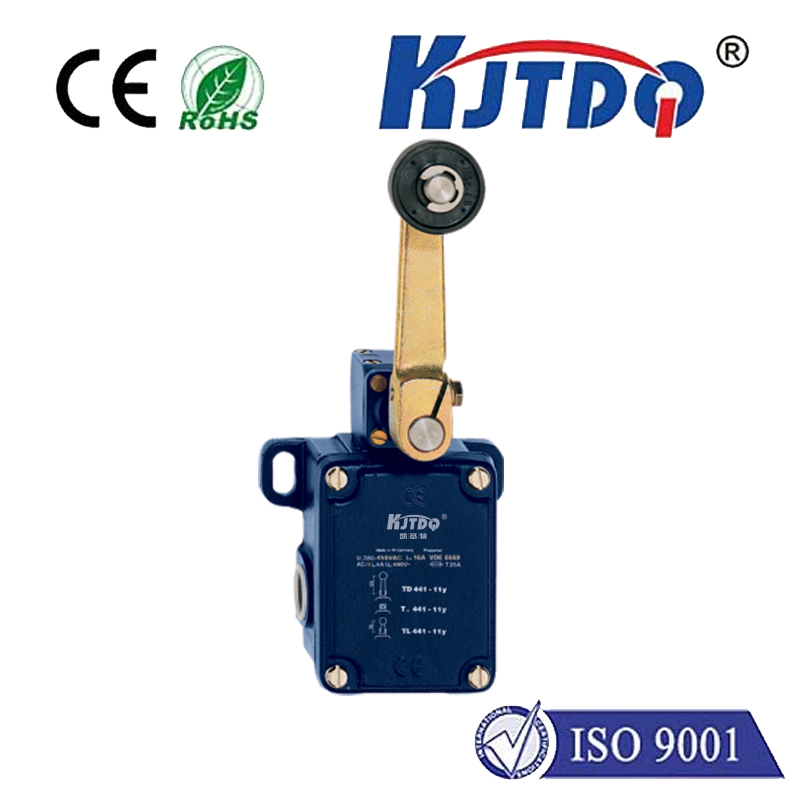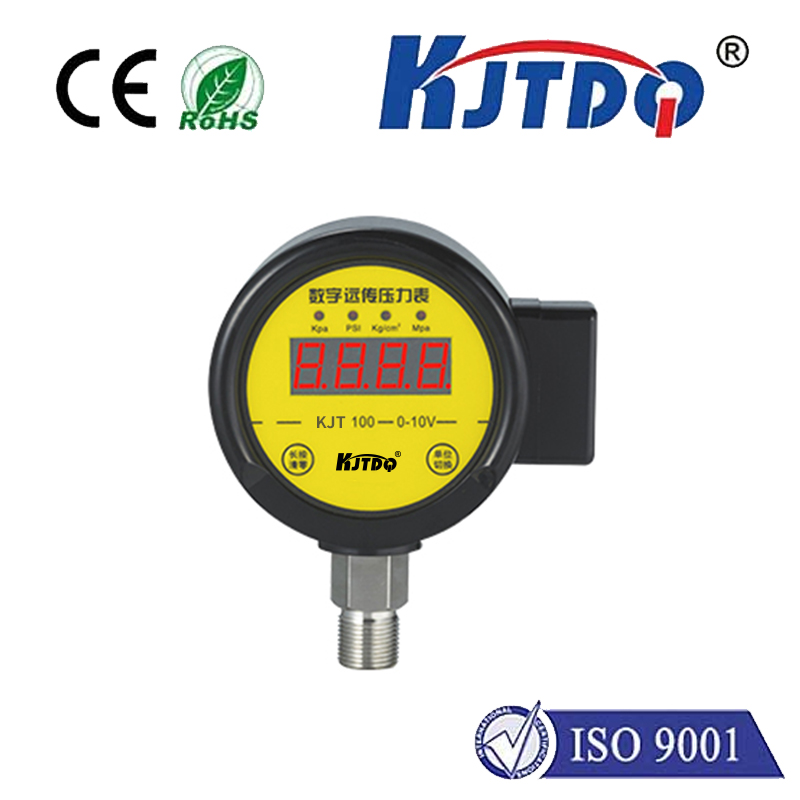BES013N high pressure proximity sensor
- time:2025-09-29 19:59:14
- Нажмите:0
BES013N High Pressure Proximity Sensor: Unlocking Reliable Detection in Demanding Fluid Power Systems
Imagine the critical moment within a hydraulic press, deep beneath the ocean on an ROV manipulator arm, or inside the high-pressure pump of an industrial cleaning rig. Precise, reliable sensing under extreme pressure isn’t just beneficial; it’s often mission-critical for safety, efficiency, and preventing costly downtime. This is precisely the domain where the BES013N High Pressure Proximity Sensor excels, offering robust and accurate non-contact detection specifically engineered for the most challenging fluid power environments.
The Challenge of High-Pressure Environments
Traditional sensors, even some purpose-built industrial proximity sensors, can falter under intense pressure. Seals may leak, housings may deform, and electrical connections can become compromised. In systems consistently operating at hundreds of bar (or several thousand PSI), a sensor failure doesn’t just mean a production stoppage; it can lead to hazardous fluid leaks, equipment damage, or even safety incidents. Reliable position feedback for valves, actuators, pistons, and pressure control mechanisms within these systems is paramount. This demands a sensor built to withstand and perform under relentless pressure, not just detect through it.
BES013N: Engineered Resilience for Peak Performance
The BES013N stands out as a dedicated solution designed from the ground up for high-pressure hydraulics and pneumatics. Its core strength lies in its exceptional pressure rating. Engineered to endure pressures reaching up to 600 bar (8700 psi), it confidently tackles applications where conventional sensors simply cannot survive.

So, what makes the BES013N so resilient?
- Ruggedized, All-Welded Stainless Steel Housing: Unlike sensors relying on multiple seals or glued components, the BES013N typically features a robust, all-welded stainless steel (1.4305/AISI 303) housing. This monolithic construction eliminates potential weak points for leaks or housing failure under extreme pressure cycles, ensuring exceptional long-term integrity and resistance to cracking or deformation.
- High-Pressure Seals: Where seals are necessary (e.g., cable entry), specialized high-pressure seals are employed. These are designed to maintain their integrity and prevent fluid ingress even during pressure surges and continuous operation at maximum ratings.
- Inductive Sensing Principle: Utilizing a robust inductive sensing principle, the BES013N detects the presence or absence of metallic targets without any physical contact. This non-contact operation is inherently reliable, eliminating wear and tear associated with mechanical switches and providing a long, maintenance-free service life. Immunity to dust, oil, moisture, and vibration – common companions in hydraulic/pneumatic systems – is a fundamental advantage of this technology.
- Compact Design: Despite its incredible robustness, the BES013N maintains a compact form factor. This is crucial for integration into tightly packed hydraulic manifolds, cylinder heads, valves, or pump housings where space is often at a premium.
Core Technical Capabilities
- Operating Principle: Inductive
- Sensing Distance: Standardized (e.g., Sn = 2mm or 4mm variants common - specific value depends on exact model suffix).
- Output Type: Typically available in PNP (N.O. or N.C.) or NPN (N.O. or N.C.) configurations, aligning with most industrial control systems.
- Housing Material: Corrosion-resistant Stainless Steel (1.4305/AISI 303)
- Pressure Rating: Up to 600 bar (8700 psi), making it suitable for the most demanding hydraulic systems.
- Protection Rating: Typically МП67, ensuring resistance to dust ingress and temporary immersion in water, essential for washdown environments or outdoor equipment.
- Connection: Industry-standard M12 plug connector or cable variants offer reliable connectivity.
- Temperature Range: Designed for stable operation across a wide industrial temperature span (e.g., -25°C to +100°C).
Where the BES013N Proves Indispensable
This sensor’s unique capabilities make it the go-to choice across numerous demanding sectors:
- Industrial Hydraulics: Position feedback for cylinders (end-of-stroke detection on pistons/rods), valve spool position sensing, pressure switch backup/confirmation, pump control within presses, plastic injection molding machines, and heavy machinery.
- Mobile Hydraulics: Reliable sensing on construction equipment (excavators, loaders), agricultural machinery (tractor implements), and forestry equipment where shock, vibration, and extreme pressures are constant companions.
- Test Rigs & Simulators: Providing accurate position feedback in high-pressure hydraulic test stands used for component validation under extreme loads.
- Marine & Subsea: Applications on winches, thrusters, and Remotely Operated Vehicle (ROV) manipulator arms operating under significant ambient pressure.
- High-Pressure Cleaning: Monitoring actuator positions within pumps and valves on industrial cleaning systems generating ultra-high water pressure.
- Fluid Power Automation: General position sensing within complex hydraulic and pneumatic circuits requiring reliability under pressure.
Beyond Resilience: The Advantages of Precision and Reliability
While its pressure capability is headline-worthy, the BES013N high pressure proximity sensor delivers critical operational advantages crucial for modern automation:
- Enhanced System Safety: Reliable detection prevents machines from operating outside safe parameters, mitigating risks associated with over-pressurization or unintended movement.
- Reduced Downtime & Maintenance Costs: Its rugged build and non-contact sensing minimize failures and the need for frequent replacements or adjustments, maximizing equipment uptime.
- Improved Process Control & Efficiency: Precise position feedback ensures accurate timing and control of hydraulic/pneumatic sequences, optimizing cycle times and overall system performance.
- Simplified Diagnostics: Consistent operation makes system troubleshooting faster and more straightforward, reducing maintenance complexity.
Implementing the BES013N Effectively
To leverage its full potential, consider these best practices:
- Precise Mounting: Ensure the sensor is correctly positioned relative to the target within its specified sensing range (Sn). Use appropriate mounting hardware (often available as accessories).
- Compatible Targets: The inductive sensor requires a ferrous metal target (steel, iron) for reliable detection. Non-ferrous materials like aluminum, brass, or plastic won’t be detected effectively at the standard sensing distance.
- Electrical Compatibility: Select the correct output type (PNP or NPN) and voltage rating to match your control system (typically 10-30V DC).
- Environmental Factors: While highly resistant, consider ambient temperature extremes and potential chemical exposure beyond hydraulic fluid. Ensure the selected model meets the specific requirements.
The BES013N High Pressure Proximity Sensor represents a critical technological solution, bridging the gap between demanding high-pressure environments and the need for reliable, non-contact position sensing. Its robust, pressure-optimized design provides engineers and system integrators with a dependable component essential for building safer, more efficient, and longer-lasting fluid power systems operating at the extreme edge of performance.









